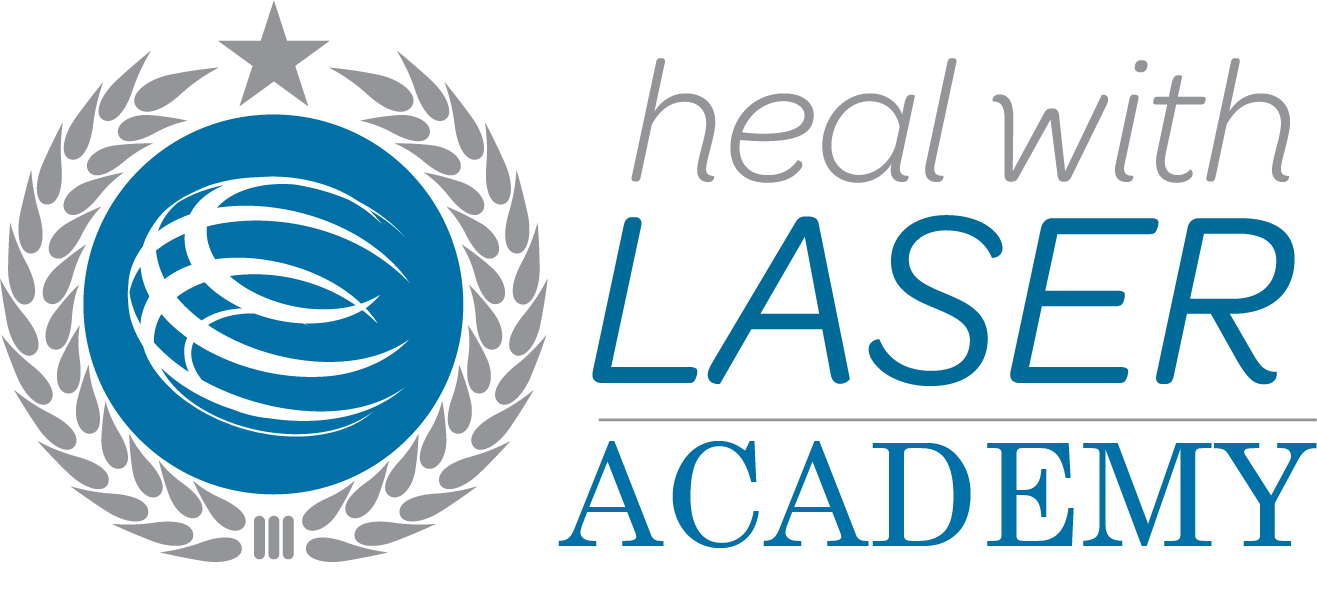Practical Dental Applications – transcript
Hi, my name’s Dr. Karina Patel and I’m from the TMJ and Sleep Therapy Centre in London. I’m just going to talk about some of the practical applications of the MLS Laser. So there are two main devices used for dental, so we’ve got the MV and the MV5 with the MLS Laser. So those are the two different attachments you can get. You can also take off the handheld device attachment and add an intraoral diseases attachment. Now where you’re actually using the laser is for multiple different specialties. So we’re just going to go through a few. In TMD, you can use the laser for your temporary mandibular disorders, your joint diseases, your muscle contractures. In craniofacial pain, you can use the laser for tension type headaches, cervical arthrosis, trigeminal and lingual neuralgia, temporal tendonitis, and vertigo, again, to help reduce pain.
For wound healing, it can help with surgical injuries, dental and mucosal lesions. In oral and inflammatory infective conditions, you’re reducing any oedema, hematoma. In hyperalgesia as well you’re helping with that, pericoronitis, mucositis, stomatitis, dentinal hypersensitivity, herpes simplex, alveolitis, gingivitis, fungal treatment including candida, pulpitis as well, all helping to reduce inflammation, oedema, and any sort of swelling, also analgesic effects.
In dental procedures for orthodontics, it can help to accelerate tooth movement by up to 30%, you’ve got bone healing after dental implants to help reduce loading times, and also other indications would be muscle deprogramming for bite registrations, reversible and irreversible pulpitis treatment, your injection management intraorally and extra-orally as well.
There are some contraindications, which also need to be mentioned. In the eye and periauricular area, that’s where you do not want to be pointing the laser. Areas that are suspicious for having cancerous tissue, again you don’t want to be using the laser there; the ear and the periauricular area; gestational uterus as well; areas of active haemorrhage; sympathetic ganglia or vagus nerve injuries; in your thyroid or carotid sinus region; your bone growth centres until that bone is complete, so any growing patients; thoracic area if the patient is still using a pacemaker; skin infections, skin diseases, and areas with steroids that have been used in the past two to three weeks; tattoos as well, so anyone who’s had a tattoo removed even, it can induce thermal injury so you want to try and avoid that.
A lot of people will ask how easy it is to use, they don’t want to use a new machine, it’s going to be really complicated. It’s actually really super easy. So you’ve got your interface, looks like this, the actual screen on the laser. That’s exactly what it looks like. You’ve got your setting for TMD and craniofacial pain. Then you’ve got your setting for intraoral diseases. So all you do is click on TMD and craniofacial pain if that’s what you want. It then separates into static and dynamic protocols. You just click on the one you want. You always want to start with a static protocol, and then after a few sessions you’d be moving to the dynamic protocol, but you’d have sort of more training on that. But as for use, it’s very easy. You just click, point, and go.
Your intraoral diseases, which is what most of you from the dental side might want to use it for, all your pre-sets are in there. You can actually change your hertz, your time, your intensity, but you don’t need to for any of these pre-sets. Again, you just click on what you want, press start, and you go. But, we have actually got an extra set of protocols set out for things like orthodontics for suture release that you can use, and it’s very easy to just use the plus or minus in this section, and there you go. Again, once they’re set, then you press start and you go. For each session, you want to be using the laser for only a few minutes at a time. So it’s very, very easy.


